In August last year, Intel officially released the 10th generation Core mobile processors, including Ice Lake-U/Y and Comet Lake-U, followed by the release of the 10th generation HEDT platform Core X series processors in October, and in April this year, the 10th generation Core mobile high-power processors Comet Lake-H were launched. Surprisingly, the last to be released was the 10th generation Core desktop processor Comet Lake-S, and today is the day they are officially unboxed, with the unboxing of the Core i9-9900K already a year and seven months ago.
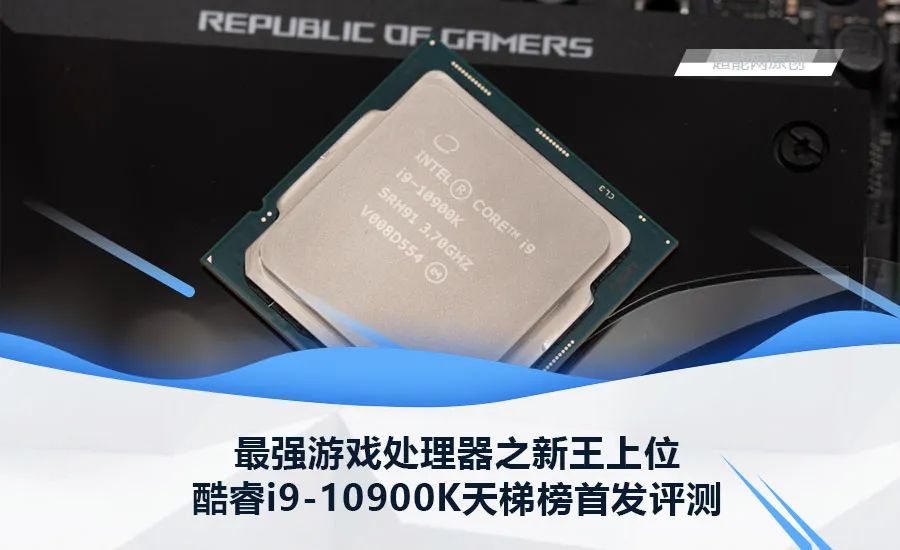
Changes in the 10th Generation Core Desktop Processors
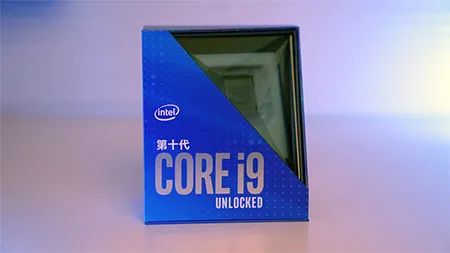
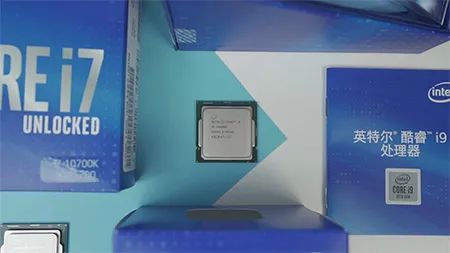
The main changes in the new generation Core desktop processor Comet Lake-S include an increase in the number of cores from 8 to 10, support for hyper-threading technology across the board, improved heat dissipation efficiency, and the addition of support for Turbo Boost Max 3.0 and Thermal Velocity Boost. The interface has changed to LGA 1200, requiring a new Intel 400 series motherboard. Below are the specific updates:
New LGA 1200 Interface
The most obvious change in the 10th generation Core processors is that the CPU interface has changed from the LGA 1151 used for five years to LGA 1200, and the foolproof notch has also changed position, so the two types of processors cannot be mixed and matched. Compared to LGA 1151, LGA 1200 has 49 more contact points, theoretically allowing Comet Lake and Coffee Lake to have two more cores. The additional contact points may be used to strengthen power supply, as the PL2 of the Core i9 has increased from 210W to 250W, and the duration has doubled from 28 seconds to 56 seconds, requiring stronger power supply.
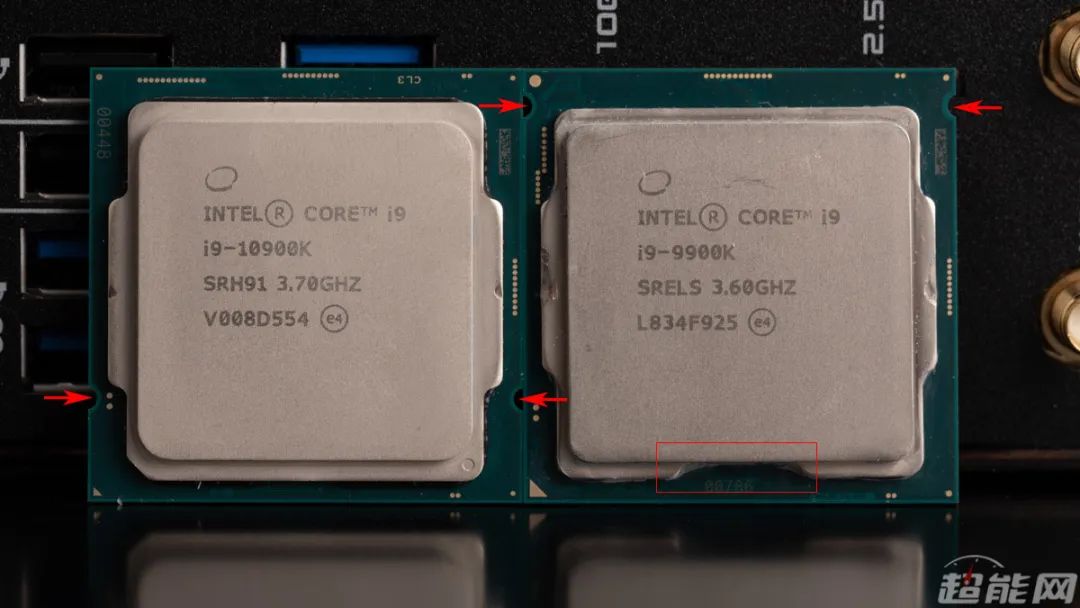 The position of the foolproof notch is different, and there are differences in the CPU’s top cover, with slight differences in the contact points on the CPU.
The position of the foolproof notch is different, and there are differences in the CPU’s top cover, with slight differences in the contact points on the CPU.
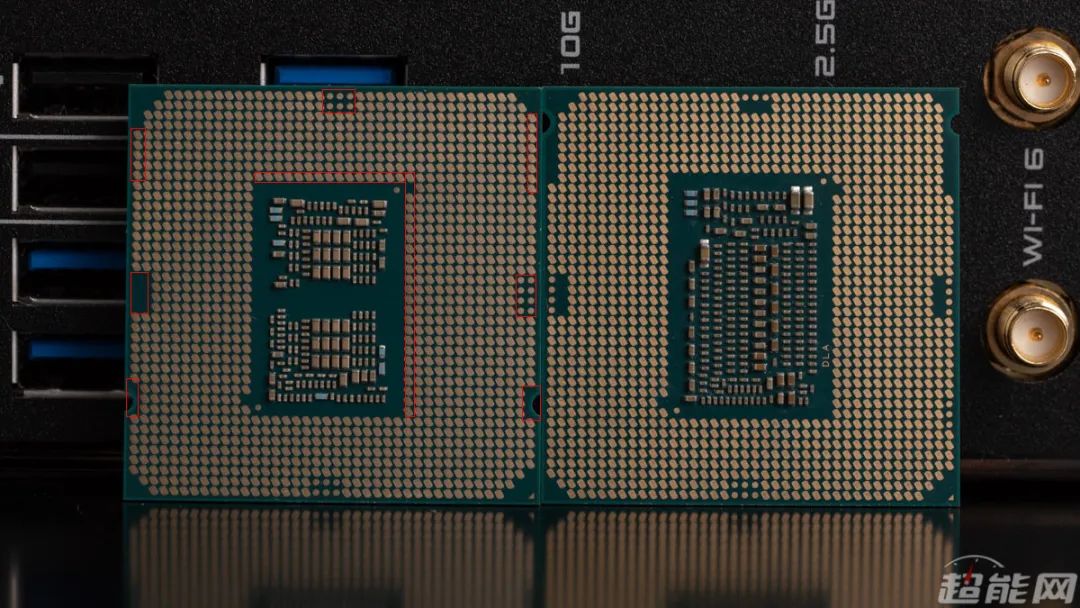 The number of contact points has increased by 49, with the changes shown in the image above.
The number of contact points has increased by 49, with the changes shown in the image above.
Additionally, many Z490 motherboards support PCI-E 4.0. Although the current Comet Lake (10th generation Core) still provides PCI-E 3.0, the next generation Rocket Lake should use PCI-E 4.0, which means that the DMI bus used for communication with the PCH may be upgraded and widened. Some contact points may be reserved for Rocket Lake, meaning that some contact points are currently useless for Comet Lake.
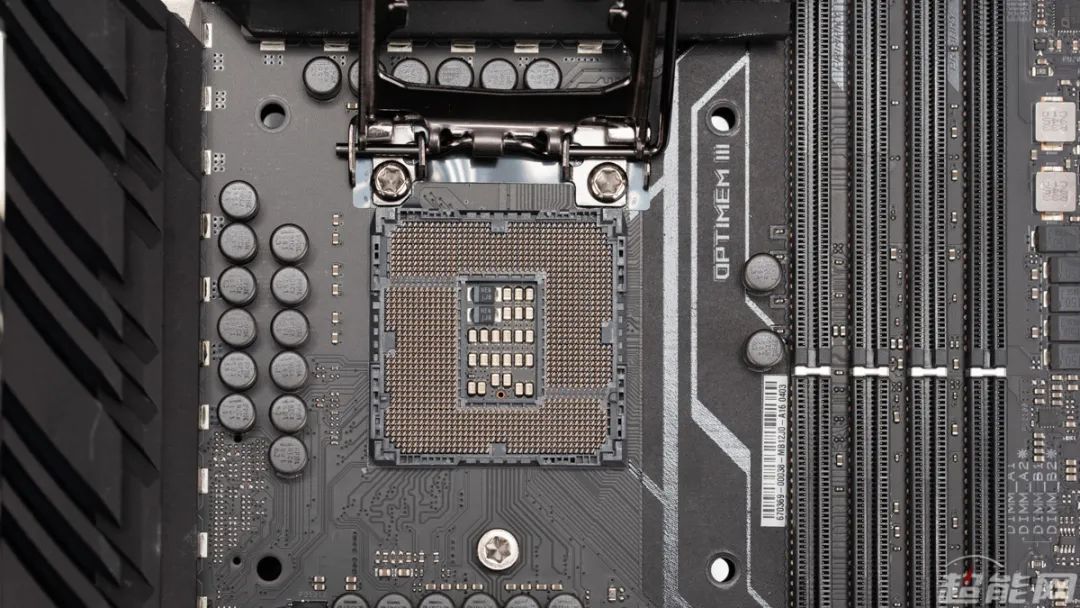
The size of the CPU interface has not changed, and the distance between the cooling holes has also not changed, so it is compatible with the original LGA 115X coolers.
Increased Core Count
In terms of cores, although Intel has new architecture products with 10nm Ice Lake on the mobile platform, the 10th generation Core desktop processor Comet Lake-S is still based on the 14nm++ process, with the core architecture unchanged from Skylake five years ago. In fact, since the 6th generation Core, Intel’s desktop processor core architecture has not changed much; it has only been continuously increasing the number of cores and improving frequencies:
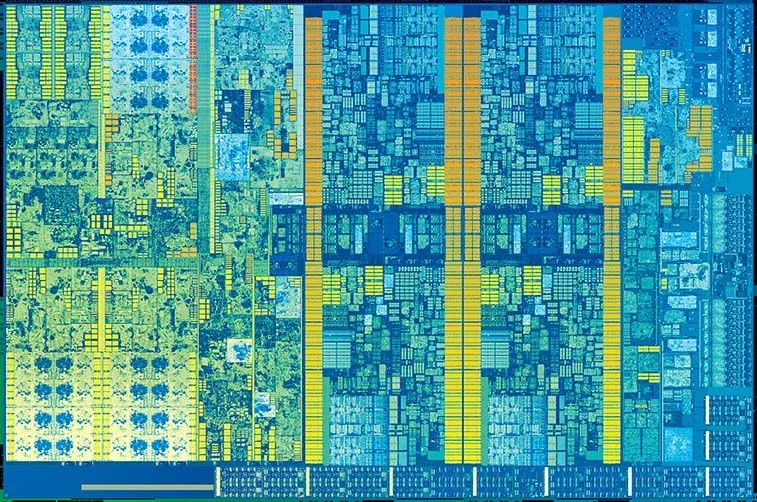 The cores of the 7th generation Core Kaby Lake.
The cores of the 7th generation Core Kaby Lake.
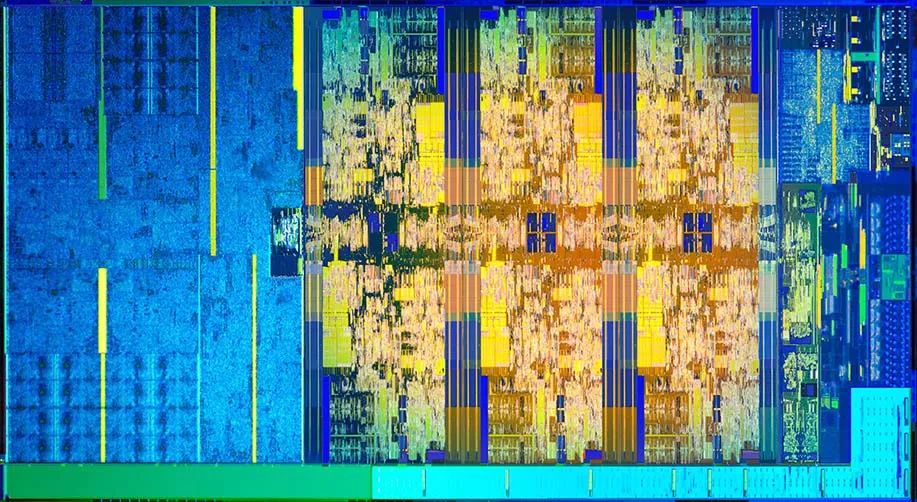 The cores of the 8th generation Core Coffee Lake.
The cores of the 8th generation Core Coffee Lake.
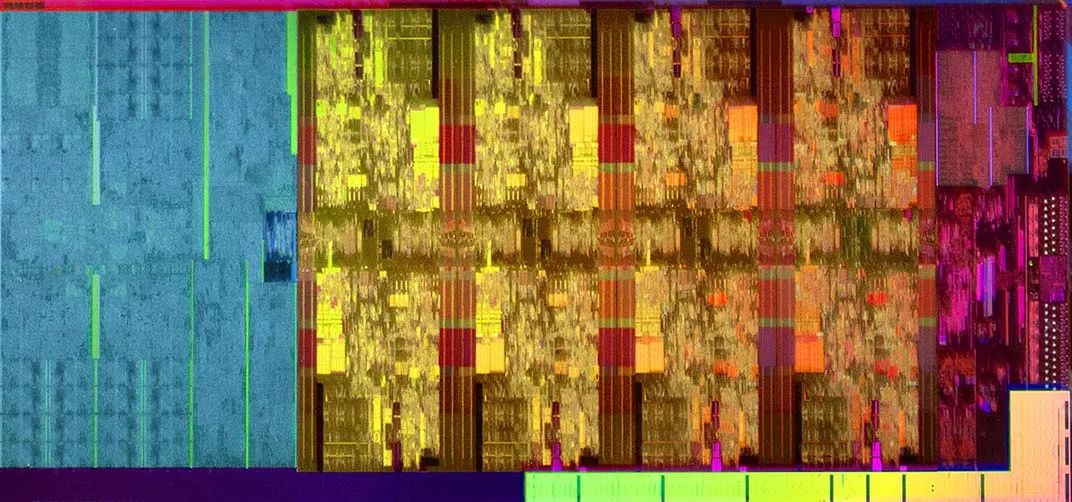 The cores of the 9th generation Core Coffee Lake.
The cores of the 9th generation Core Coffee Lake.
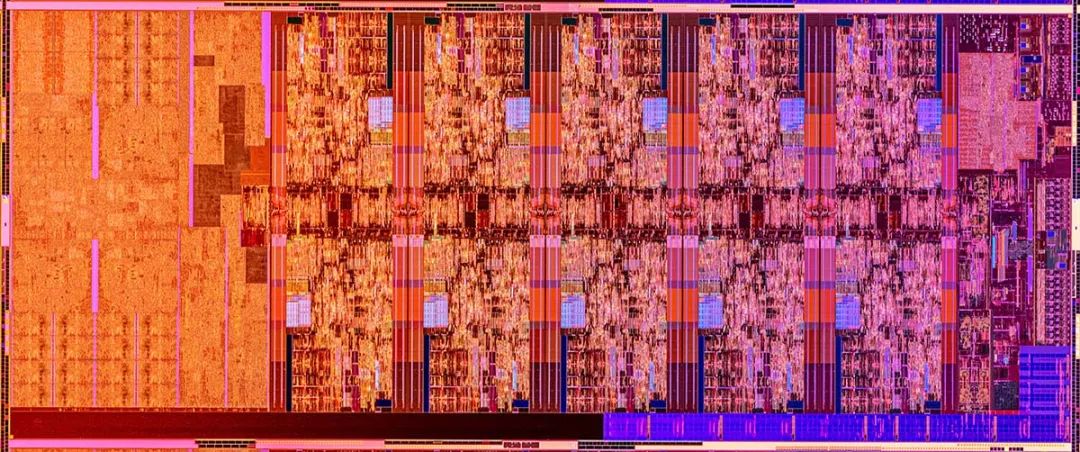 The cores of the 10th generation Core Comet Lake.
The cores of the 10th generation Core Comet Lake.
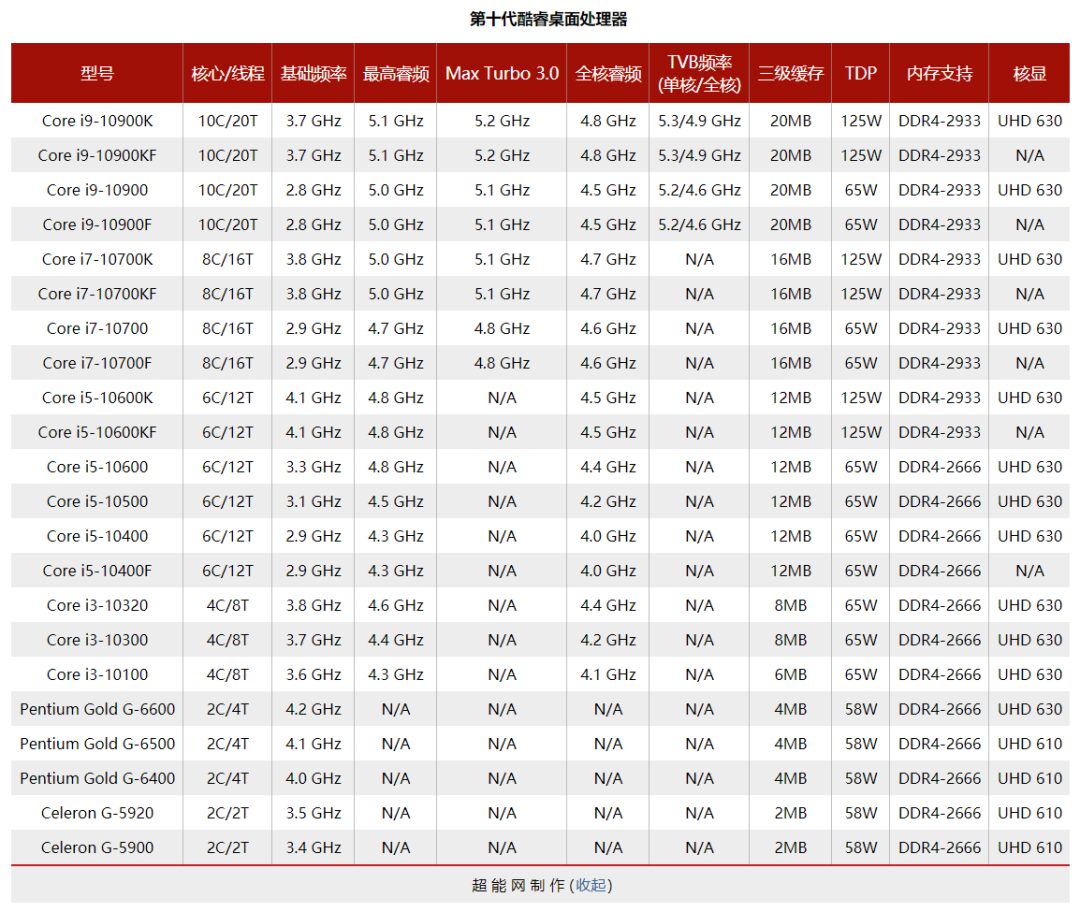
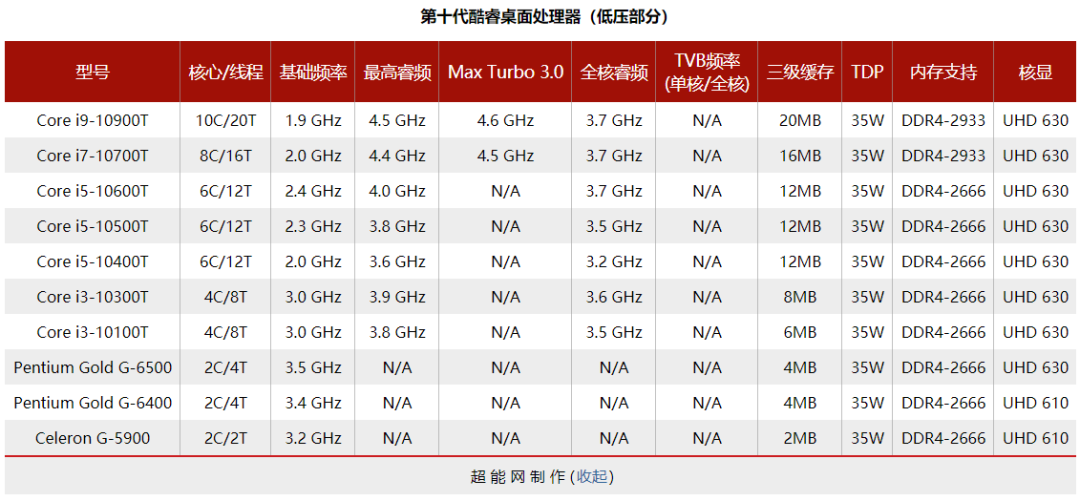
Unlike the previous 9th generation Core, which only had three models at launch, Intel has released a total of 33 models of Comet Lake-S family processors across mid, high, and low segments, including unlocked K series processors and F series processors with disabled cores. In this update, all Core series processors have gained hyper-threading capability, and the top Core i9 series processors have gained two more cores. Additionally, they have received Turbo Boost Max 3.0 technology from the mobile side and Thermal Velocity Boost technology from higher-end platforms. In other aspects, the memory support for the Core i9 and i7 processors has been increased to DDR4-2933, while other processors’ memory support remains the same or has been increased to DDR4-2666.
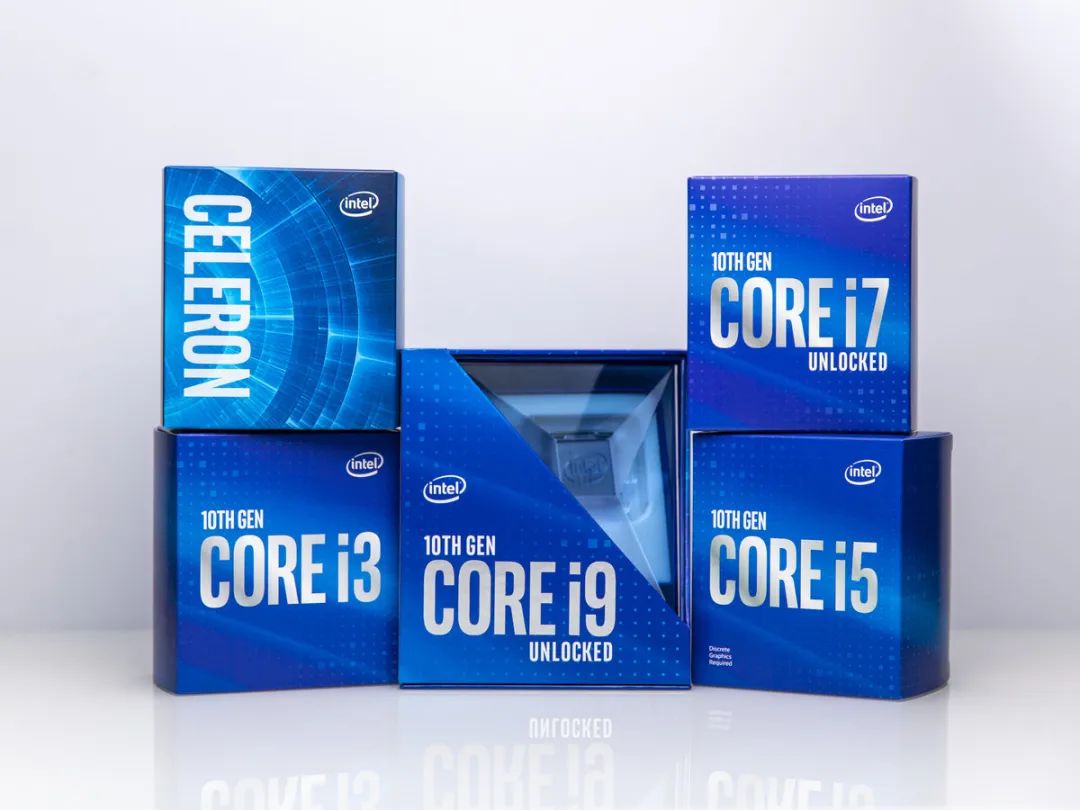 The 10th generation Core processors will use an entirely new packaging, with the packaging of the Core i9 being the most noticeable.
The 10th generation Core processors will use an entirely new packaging, with the packaging of the Core i9 being the most noticeable.
The Chip is Thinner
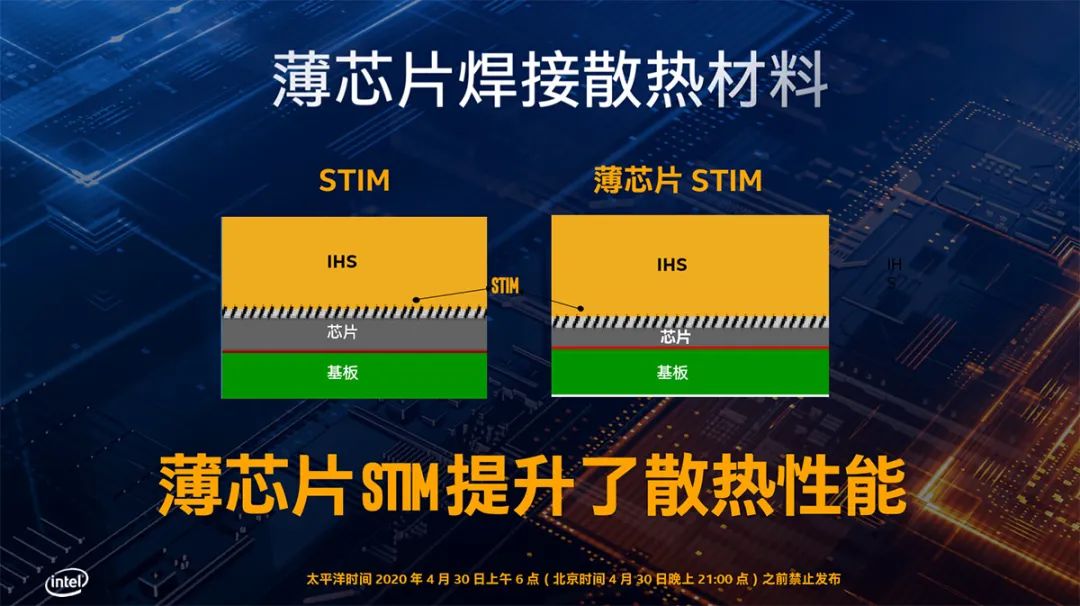
Another change between Comet Lake and Coffee Lake is that the chip uses a thinner packaging method, using thin chip soldering thermal materials. The official statement indicates that this can improve heat dissipation performance, but it does not specify how much improvement can be achieved.
Additionally, all Core i9/i7 processors in this Comet Lake-S series use soldered thermal interface material, while the Core i5 processors are likely to use solder for the Core i5-10600K/KF. Other Core i5 processors with ten-core die are likely to use solder, while native six-core processors use thermal paste, and all Core i3 processors below use thermal paste.
Turbo Boost Max 3.0
Compared to the 9th generation Core, although the architecture has not changed, functional features have increased, such as Turbo Boost Max 3.0. Of course, this is not a new technology; players familiar with Intel’s HEDT platform should remember it, as it has existed since Broadwell-E.
Turbo Boost Max 3.0, although it retains the version number of Turbo Boost 2.0, does not constitute an inheritance relationship but rather represents two parallel technologies. We know that no two CPUs are exactly the same, and even within the same CPU, different cores have different characteristics. Under normal circumstances, the differences between cores are not significant, but once overclocking occurs, the differences will become apparent. Specifically, it means that under the same voltage, a certain core can achieve a higher frequency. To maximize the utilization of every bit of the CPU, Intel developed the Turbo Boost Max 3.0 technology, which focuses on boosting single-core frequency. During the CPU testing phase, the core characteristics are written into the CPU, and the BIOS can read this information. The best core can be automatically overclocked to a higher frequency (about 200MHz higher than the maximum single-core turbo frequency), allowing tasks to be completed more quickly. Modern operating systems will automatically call this feature.
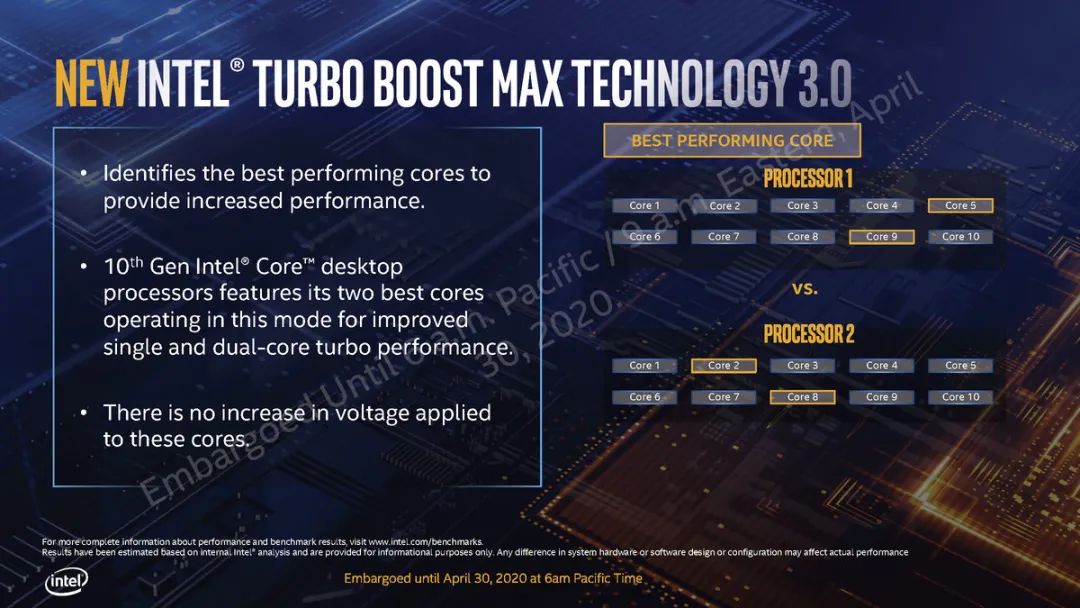
The original Turbo Boost Max 3.0 could only accelerate one core, but by the time of Skylake-X, this technology could support simultaneous acceleration of two cores. With Comet Lake-S, which is the 10th generation desktop Core, support for this technology has been added, allowing two cores to be boosted simultaneously.
Thermal Velocity Boost
Compared to desktop platforms, the cooling conditions on mobile platforms can be considered very… harsh. In many laptops, the CPU cannot even maintain the full-rated turbo frequency for the full duration and may fall back to the base frequency or even experience throttling. However, for models with excellent thermal design, ordinary turbo frequency may not be sufficient, so Intel introduced Thermal Velocity Boost in the 8th generation mobile Core processors, which literally means high-speed turbo frequency based on temperature. As the name suggests, to trigger this turbo frequency technology, two conditions must be met: the current temperature of the processor and the power budget required for turbo frequency.
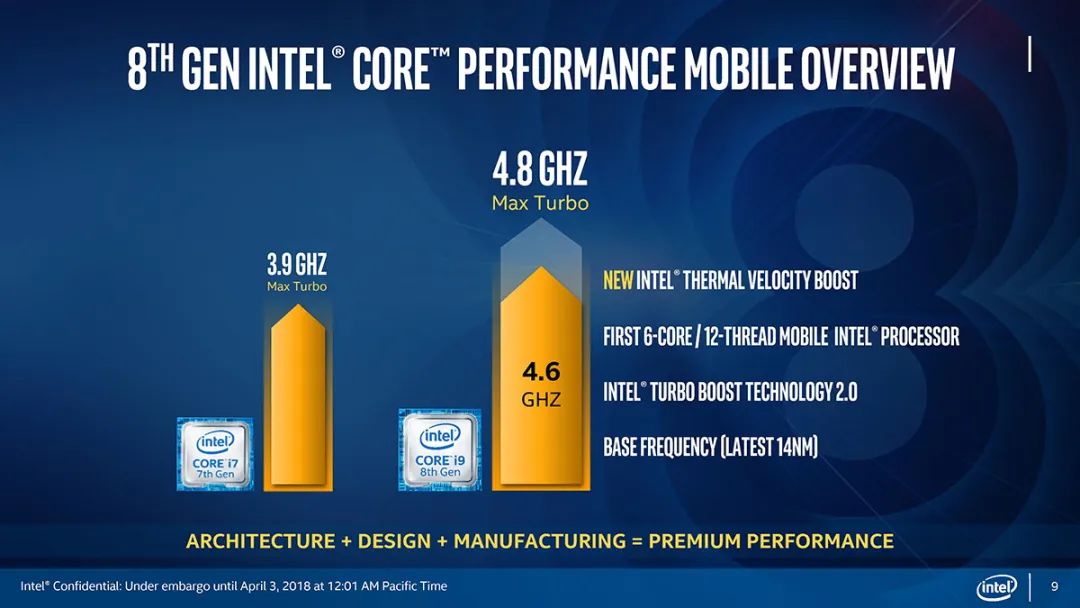
When both conditions are met, Thermal Velocity Boost will be triggered, allowing the processor’s frequency to instantly rise higher than the maximum turbo frequency, which is 100MHz for Comet Lake-S. However, due to temperature constraints, under heavy load, the CPU frequency will quickly drop.
Thermal Velocity Boost is also a technology aimed at extracting as much potential from the processor as possible. In the new 10th generation desktop Core, it has finally moved from the mobile platform to the desktop platform, but only the highest-end Core i9 series processors support this feature, which is the secret to achieving a single-core frequency of 5.3GHz.
Intel 400 Series Motherboards
With the interface change, the motherboard must also be new. The new consumer-level 400 series chipsets include Z490, H470, B460, and H410. The new motherboard chipsets have added a dedicated channel for 2.5G wired network cards, but it seems to occupy a PCI-E x1 slot. The integrated wireless network card controller has also been upgraded from Wi-Fi 5 to Wi-Fi 6, while other features remain largely unchanged, with the B460 chipset differing slightly from B360, and H410’s DMI upgraded to 3.0, while H310 still uses DMI 2.0.
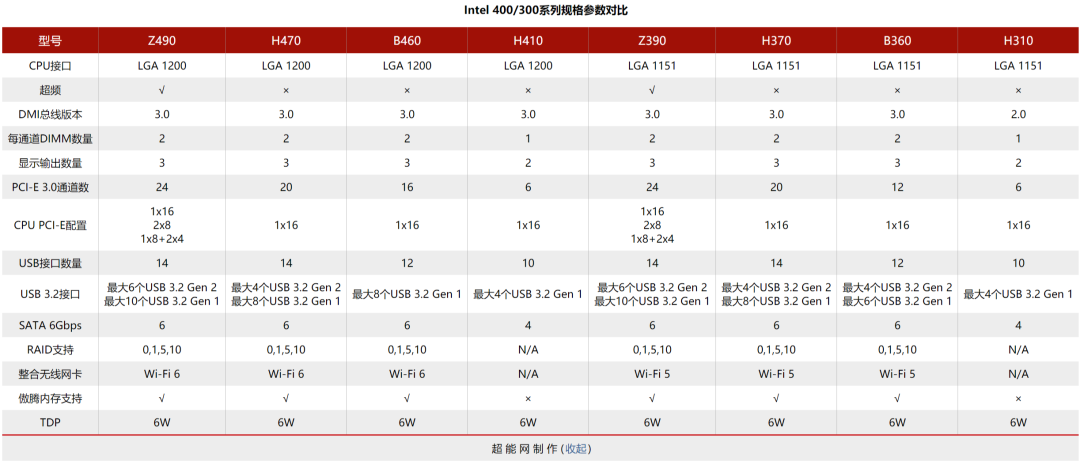
Looking at the specifications, Z490 and H470 do not differ much from Z390 and H370, while B460 has increased the number of PCI-E lanes from 12 to 16, but support for USB 3.2 Gen 2 has been cut.
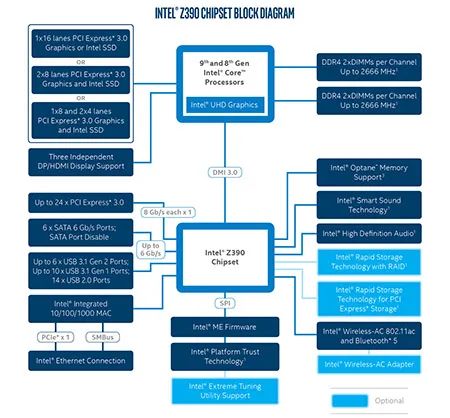
It is worth mentioning that Intel’s DMI 3.0 bus has been in use for many years. When SATA hard drives were the main focus, it was not a problem, but with the rise of M.2 NVMe SSDs a few years ago, it has started to struggle. This bus essentially equals the bandwidth of PCI-E 3.0 x4, and a high-speed M.2 SSD can nearly consume this bandwidth. Some motherboards provide three M.2 slots connected to the PCH, and if all are filled, these three M.2 SSDs will share this narrow DMI 3.0 channel. Although the likelihood of simultaneous full load is low, users will not feel it, but it’s certainly not without impact. Has Intel considered widening this DMI?
Regarding specific motherboards, Z490 has significantly increased the number of power phases compared to Z390, as the maximum core count of the 10th generation Core has increased from 8 to 10, and the frequency has also increased. With the process and architecture unchanged, power consumption must have increased, and the design of Z490 also needs to consider overclocking scenarios, so more power phases must be reserved. Increasing the number of phases also helps to reduce the heat generated by each phase, allowing for more even heat distribution in the VRM section, although this depends on the specific materials used.
For motherboards that do not support overclocking, there may not be a significant increase in the number of power phases, as long as the Mosfet and inductors are strong enough, even a 4+1 phase can meet the power needs of the Core i9 with a PL2 of 250W. However, the CPU power interface has changed to a single 8-pin, and even the H410 has adopted this design, as a single 4-pin interface can only provide a maximum power of 192W, which cannot meet this power demand. Of course, I don’t think many people will use a Core i9-10900K on an H410 motherboard.
Test Platform and Explanation
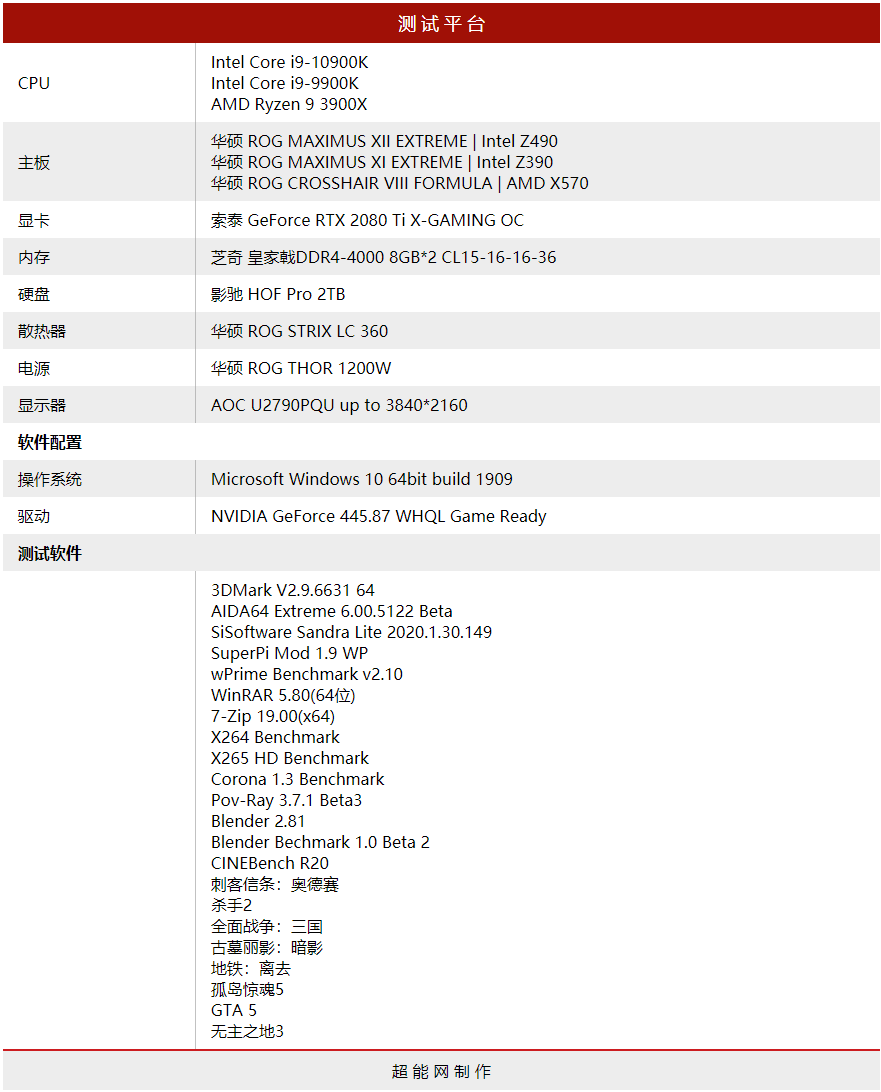
The Core i9-10900K is the top processor of the 10th generation Core, so we compared it with the flagship product of the 9th generation Core, the Core i9-9900K, and on the AMD side, we compared it with the Ryzen 9 3900X processor, which has a similar core count and price. Why not compare it with the Core i9-9900KS? Because that product is basically out of stock, and official channels have stopped shipping it.
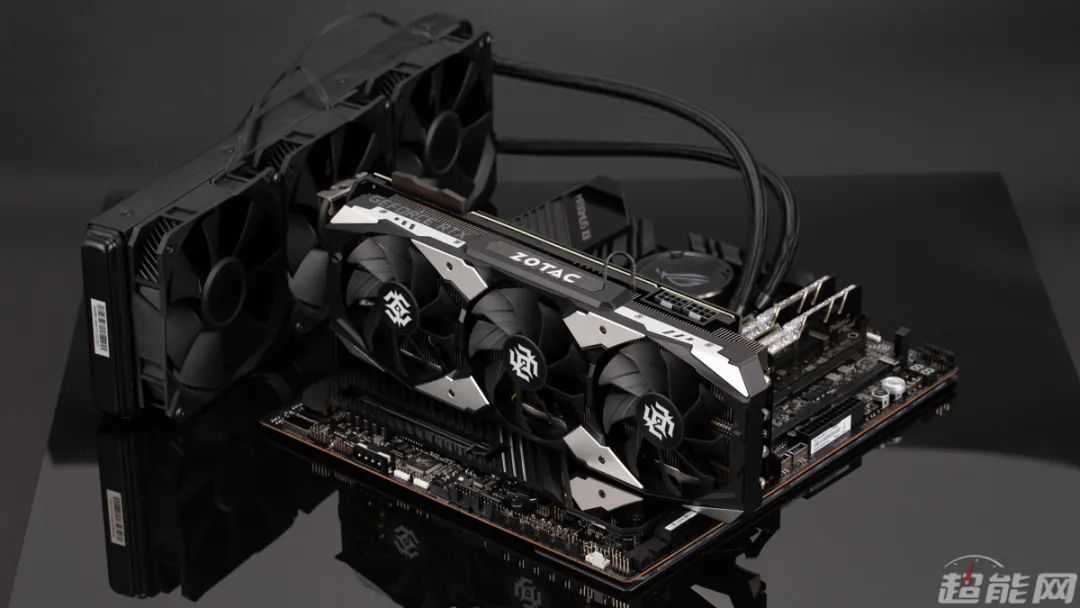
The LGA 1200 platform uses the ASUS ROG MAXIMUS XII EXTREME motherboard, the LGA 1151 platform uses the ASUS ROG MAXIMUS XI EXTREME motherboard, and the AM4 platform uses the ASUS ROG CROSSHAIR VIII FORMULA motherboard. All use ASUS ROG STRIX LC 360 all-in-one water cooling, and G.Skill Trident Z DDR4-4000 8GB*2 CL15 kits, with all platform memory frequencies running uniformly at 3600MHz CL16. Since the AMD platform performs poorly when the frequency exceeds 3733MHz, the graphics card used is the Zotac GeForce RTX 2080 Ti X-GAMING OC, and the SSD is the Galax HOF Pro 2TB.
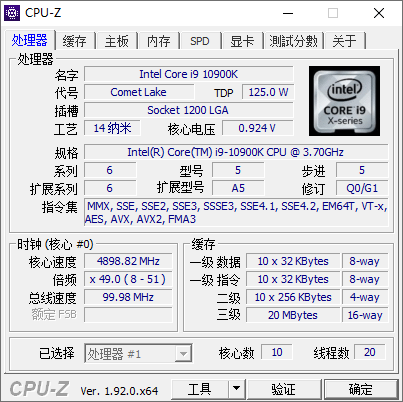 CPU-Z screenshot of the Core i9-10900K.
CPU-Z screenshot of the Core i9-10900K.
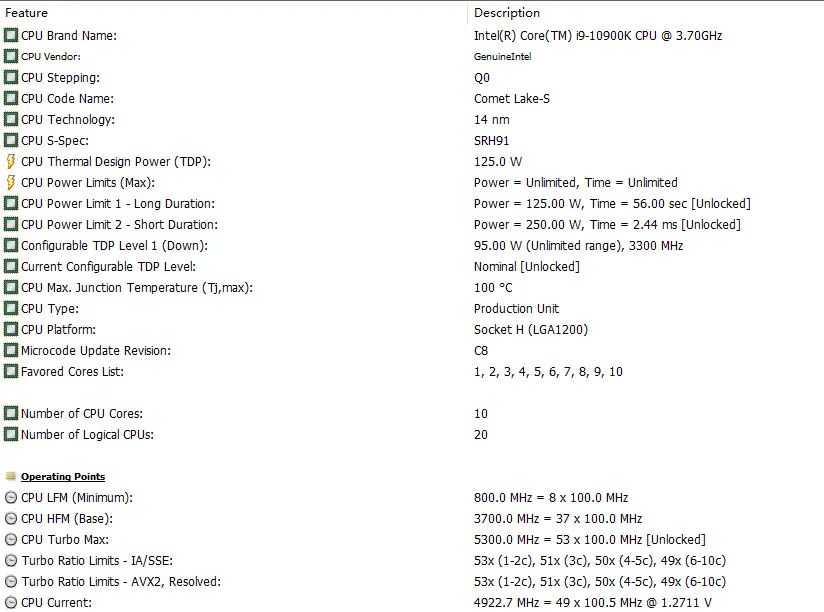
It should be noted that during our tests, the Intel processor was set to remove power limits based on the motherboard’s default settings, allowing the CPU to run at full core maximum frequency for long periods, and this setting is generally enabled by default on Z series motherboards.
PCMark 10 Overall Performance Test
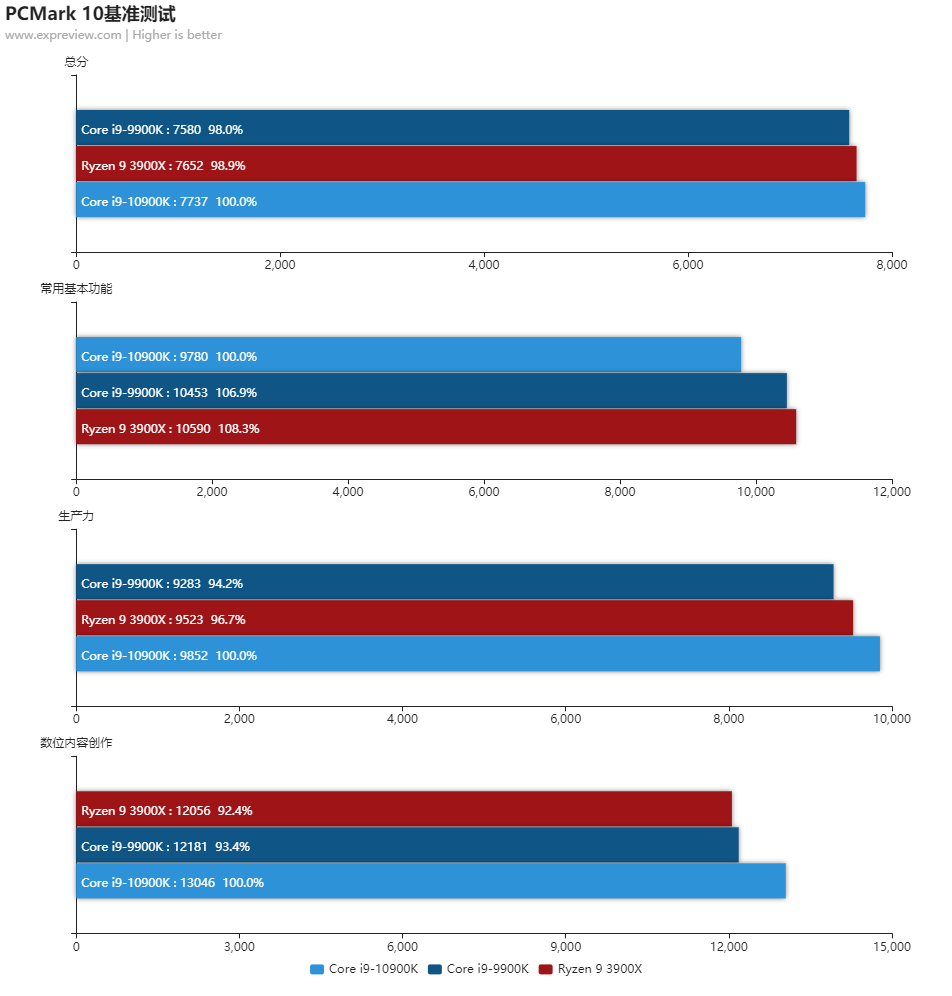
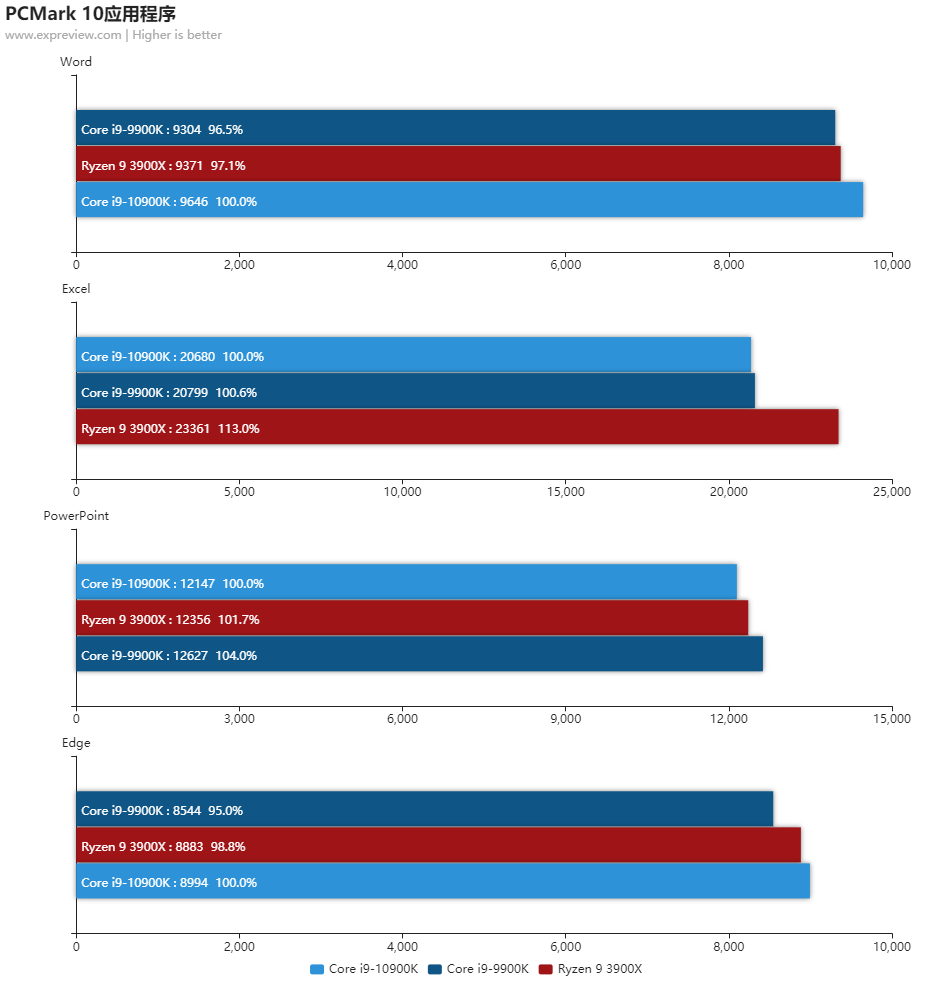
The total score of the PCMark 10 overall benchmark test is best for the Core i9-10900K, but its basic functionality performance differs significantly from the other two CPUs, while its productivity and digital content creation performance is excellent. The application test results are actually similar for all three processors, as these loads are light, although there is a significant difference in Excel between the Ryzen 9 3900X with more cores.
Benchmark Performance Tests
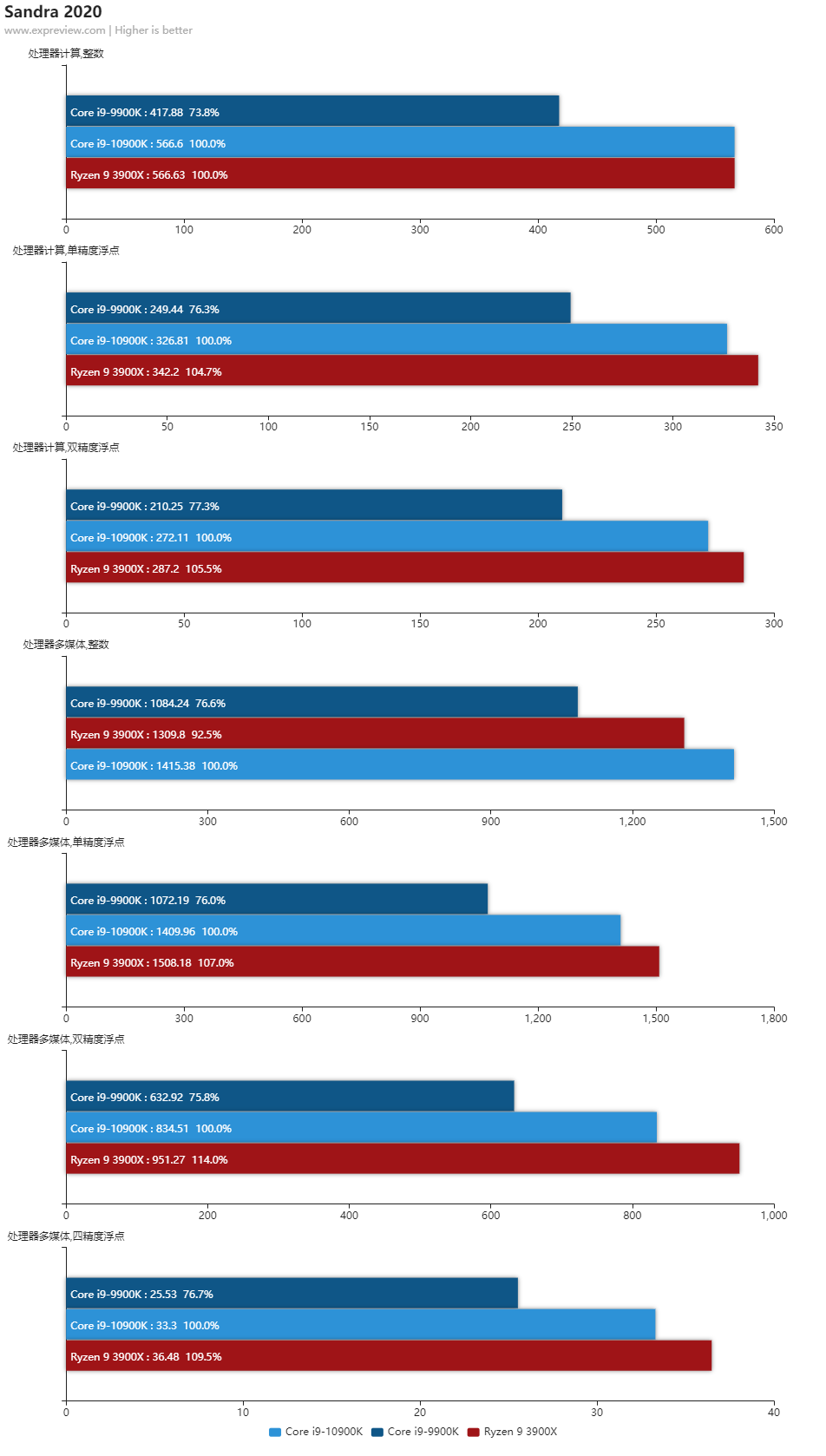
The processor computing test of Sandra 2020 can test the processing power of the processor. Generally, the more cores and threads, the more advantageous it is, although the actual result also depends on the processor’s frequency. In the processor computing test, the integer performance of the Core i9-10900K is on par with the Ryzen 9 3900X, but its floating-point performance is slightly behind. In the multimedia test, the integer performance is better than that of the Ryzen 9 3900X, but the floating-point performance is lagging, as it is normal for the core count to be two lower. Overall, the Core i9-10900K has a 25% higher computing performance than the Core i9-9900K, which is proportional to the increase in core count.

SuperPi is a test that completely pits CPU frequency against each other; it is a single-threaded test and a traditional advantage for Intel. The Core i9-10900K can now reach a maximum frequency of 5.3GHz, so its single-thread performance is better than that of the Core i9-9900K, but due to system scheduling, this frequency is actually a bit difficult to achieve.
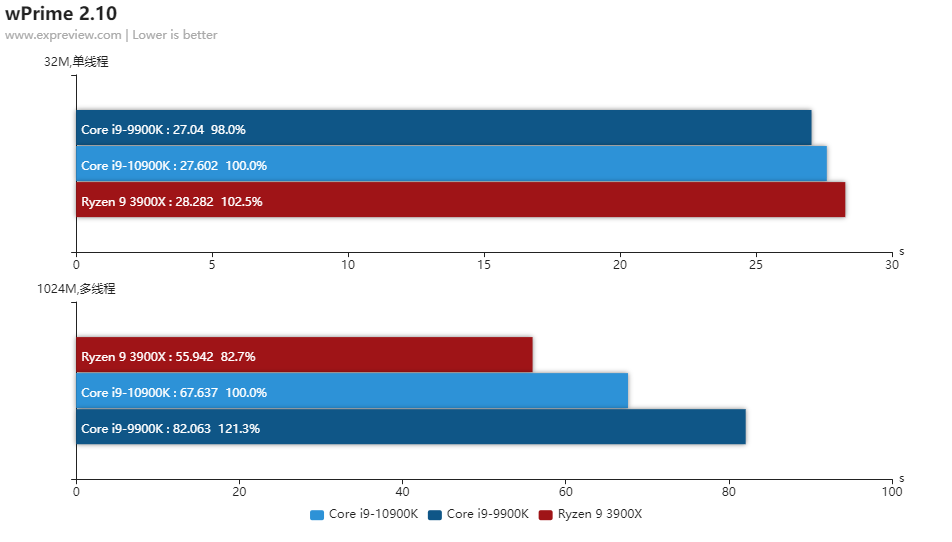
The algorithm of wPrime is different from SuperPi; here the single-thread performance of the Core i9-10900K is actually not as good as that of the Core i9-9900K. In terms of multi-threading, the performance gap between the three processors is basically due to their core count differences.
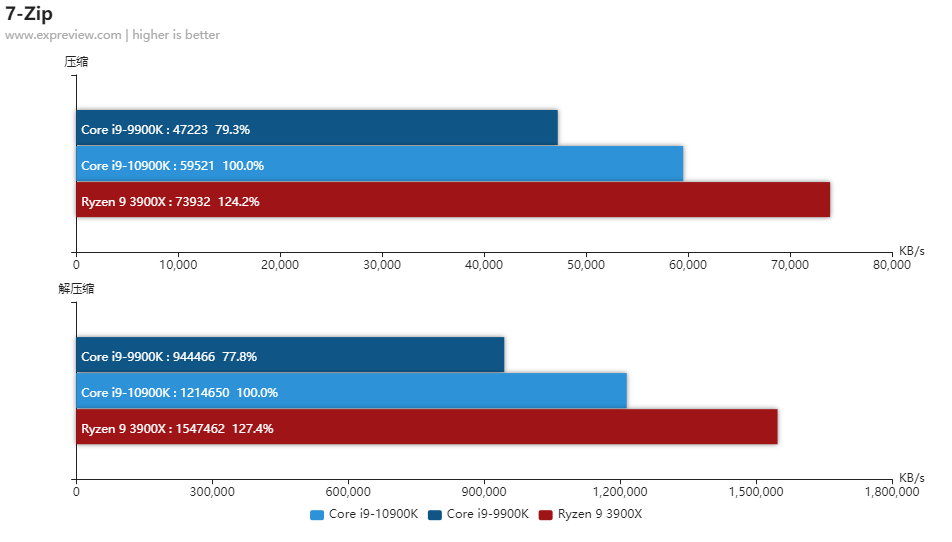
The chess test can only test a maximum of 16 threads, so it is only used to test the single-thread performance of the processor. The single-thread performance of the Core i9-10900K is 7% better than that of the Core i9-9900K, significantly stronger than the Ryzen 9 3900X.

The 7-zip built-in benchmark test shows that the Core i9-10900K’s results are again sandwiched between the Core i9-9900K and the Ryzen 9 3900X, with performance differences essentially based on core counts.
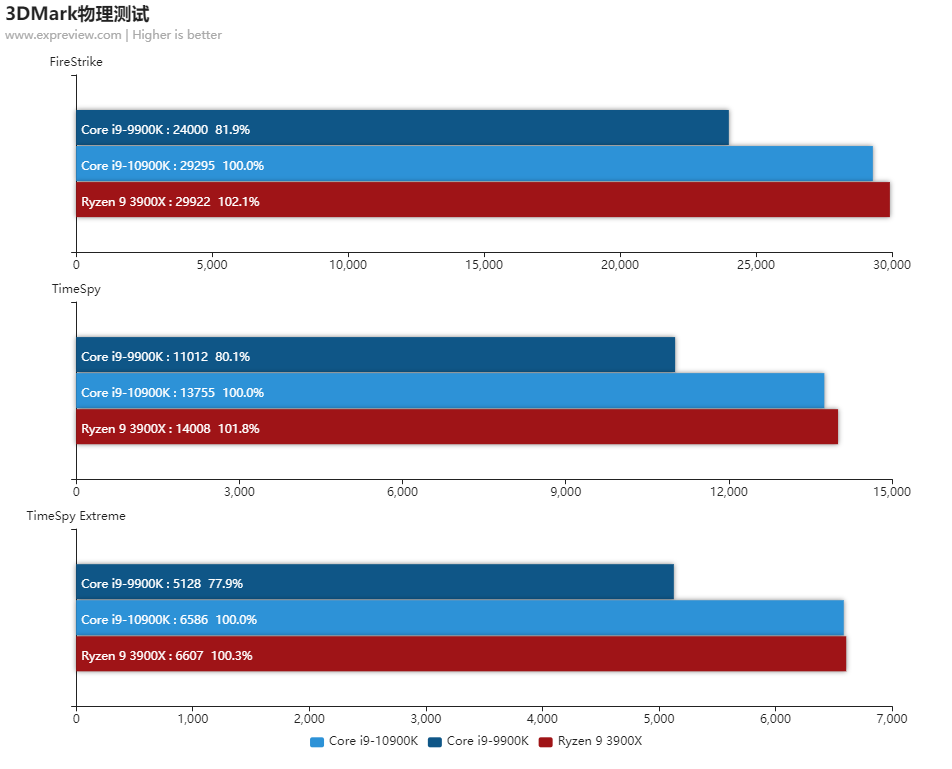
The 3DMark physics test shows that the results of the three projects are very close, with the performance of the Core i9-10900K being 20% higher than that of the Core i9-9900K, similar to that of the Ryzen 9 3900X.
Creative Capability Tests


x264 and x265 are two well-known open-source encoders used widely. This time we used the new version of the benchmark, which better supports AVX 2 instruction set. The Core i9-10900K performs much better than the previous generation Core i9-9900K in this regard, with x265 encoding performance even surpassing that of the Ryzen 9 3900X, which has more cores, while x264 performance still lags behind due to the core count advantage of the latter.

Corona Renderers is a high-performance photo-realistic renderer that can be used in software like 3DS Max and Maxon Cinema 4D, and is highly representative. Here we used its standalone benchmark. The 10-core Core i9-10900K has a slight gap with the 12-core Ryzen 9 3900X, but due to its higher all-core frequency, this gap is minimized.
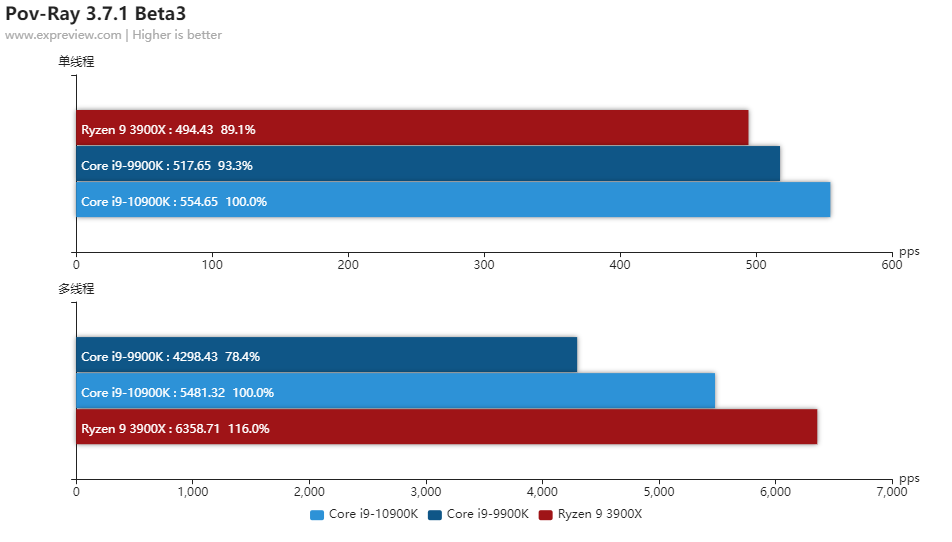
POV-Ray is a software developed by the Persistence OF Vision Development team that uses ray tracing to render 3D images, with the main purpose of generating images with ray tracing effects using the processor. The software includes a benchmark program. In terms of single-thread performance, the Core i9-10900K leads due to its frequency advantage, as the 5.3GHz single/dual-core frequency is no joke, but its multi-thread performance cannot match that of the Ryzen 9 3900X with more cores.

Blender is an open-source, multi-platform, lightweight, all-in-one 3D animation production software that provides a series of solutions for creating animated short films, including modeling, sculpting, binding, particles, dynamics, animation, interaction, materials, rendering, audio processing, video editing, and motion tracking. We used version 2.81 to test the single-thread performance of the CPU and the official benchmark tool for multi-thread testing. In terms of single-thread performance, the Core i9-10900K is the fastest due to its absolute frequency advantage.
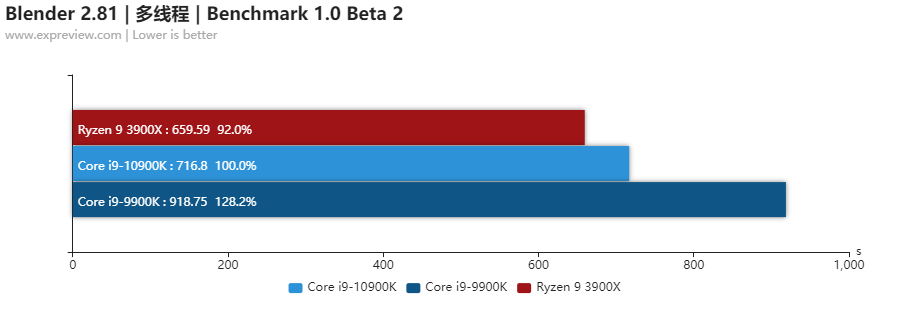
In multi-thread testing, the Ryzen 9 3900X, with its 12 cores, is the fastest, but the Core i9-10900K, with its high frequency, has minimized the gap.
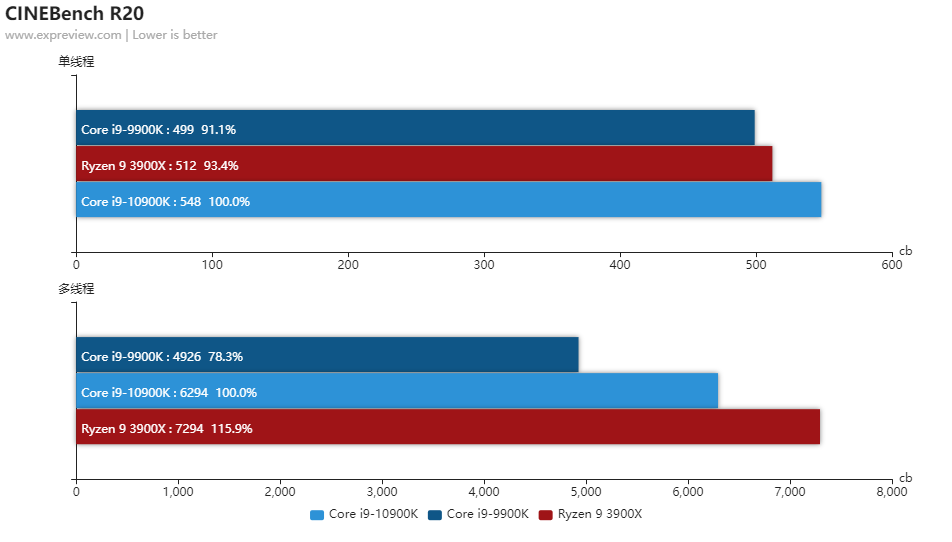
CINEBench uses the engine developed by MAXON for the film and television industry, which is widely used by studios and production companies for 3D content creation. CINEBench is often used to test performance during 3D design. The Core i9-10900K leads in single-thread performance over the Ryzen 9 3900X, but its multi-thread performance is still at a disadvantage due to its lower core count.
1080p Gaming Performance Test
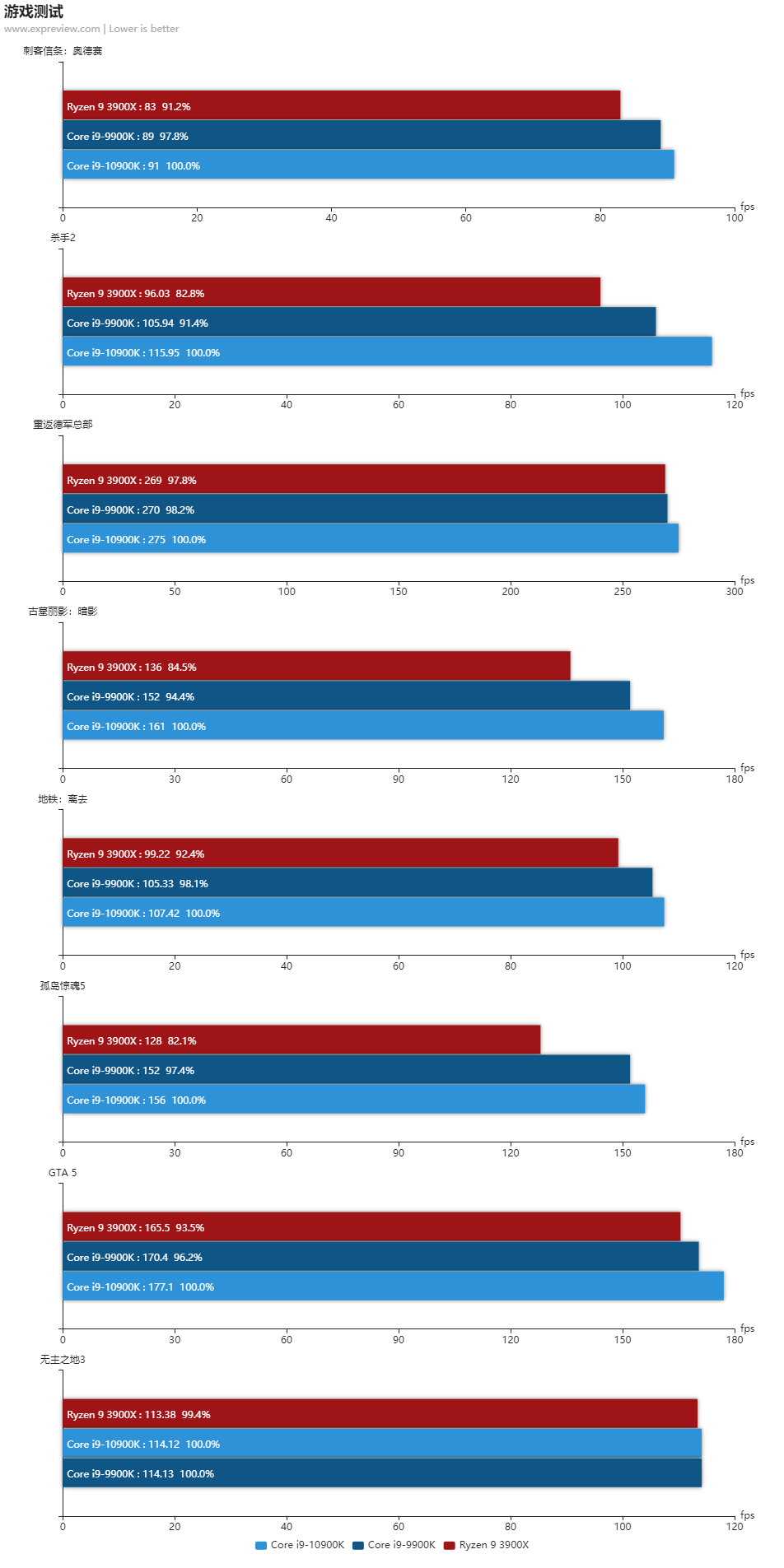
Gaming is Intel’s absolute stronghold, as AMD’s Zen 2 architecture has an external memory controller, resulting in significant memory latency. Games are very sensitive to memory latency, and Intel processors have an absolute frequency advantage. The gaming performance of the Core i9-9900K is better than that of the Ryzen 9 3900X, and the performance of the Core i9-10900K, with higher frequencies and more cores, is even better, with a maximum gap of nearly 9%.
Temperature Test


One improvement of the Core i9-10900K compared to the Core i9-9900K is that the chip uses a thinner packaging method, using thin chip soldering thermal materials. This helps to reduce internal thermal resistance, and our test results show that the cooling efficiency of the Core i9-10900K is much better than that of the Core i9-9900K. The idle temperature is lower, and under FPU stress testing, the Core i9-10900K has higher frequencies and voltages, but the temperature is 4°C lower, which cannot be explained solely by the increase in core area; it is evident that internal thermal conductivity has improved.
Power Consumption Test
In the power consumption test, we currently have dedicated testing equipment to measure the accurate power consumption of the graphics card and record the corresponding curves. However, for CPU power consumption, we can only compare based on the overall platform power consumption. From the launch of the 10th generation Core processors, we will introduce dedicated devices for CPU power consumption tests, which can directly measure the power supply to the CPU power input on the motherboard, and then combine AIDA64’s CPU package power measurement and conventional platform power consumption to reflect the CPU’s power consumption.
Currently, most motherboards only supply power to the CPU through the CPU power interface, so the power input to the CPU power interface changes basically reflect the CPU’s power consumption changes. Monitoring the power at this interface can directly reflect the CPU’s power consumption levels. AIDA64’s CPU package power and platform power provide further reference data to reflect the overall power consumption of the platform.
It should also be noted that we are measuring the input power at the CPU power interface on the motherboard, not the direct CPU power supply, so theoretically, this should be slightly higher than the actual CPU power supply. It may also vary due to the differences in motherboards, but this test data still has high reference value, as the power supply actually powers the motherboard rather than directly powering the CPU. Therefore, testing the power consumption at the CPU power interface is more meaningful for power supply selection.
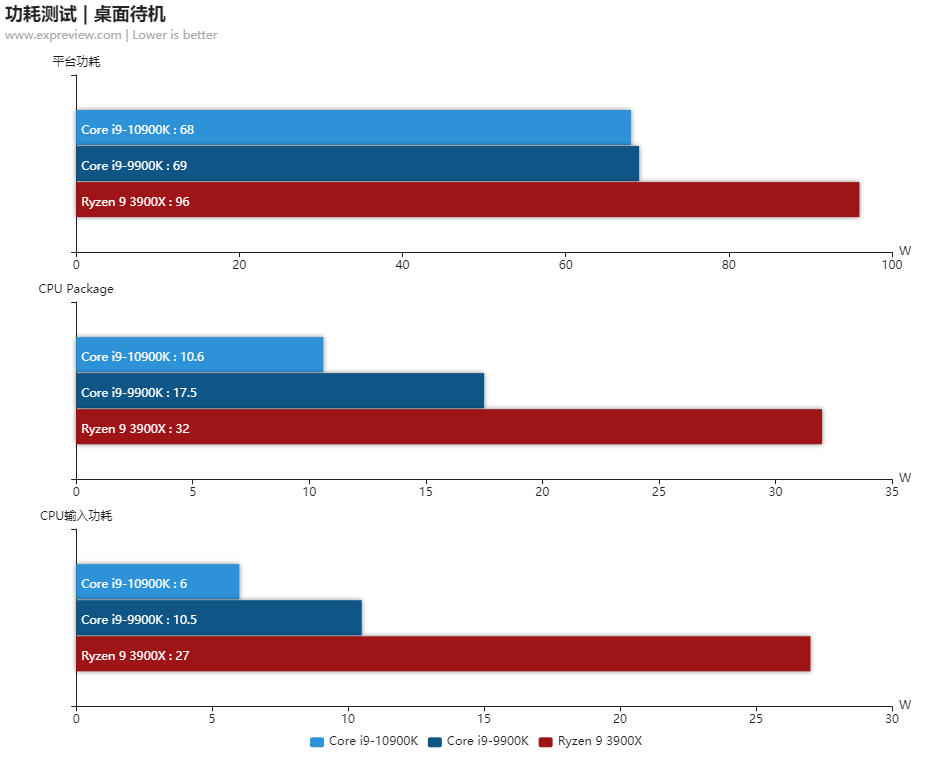
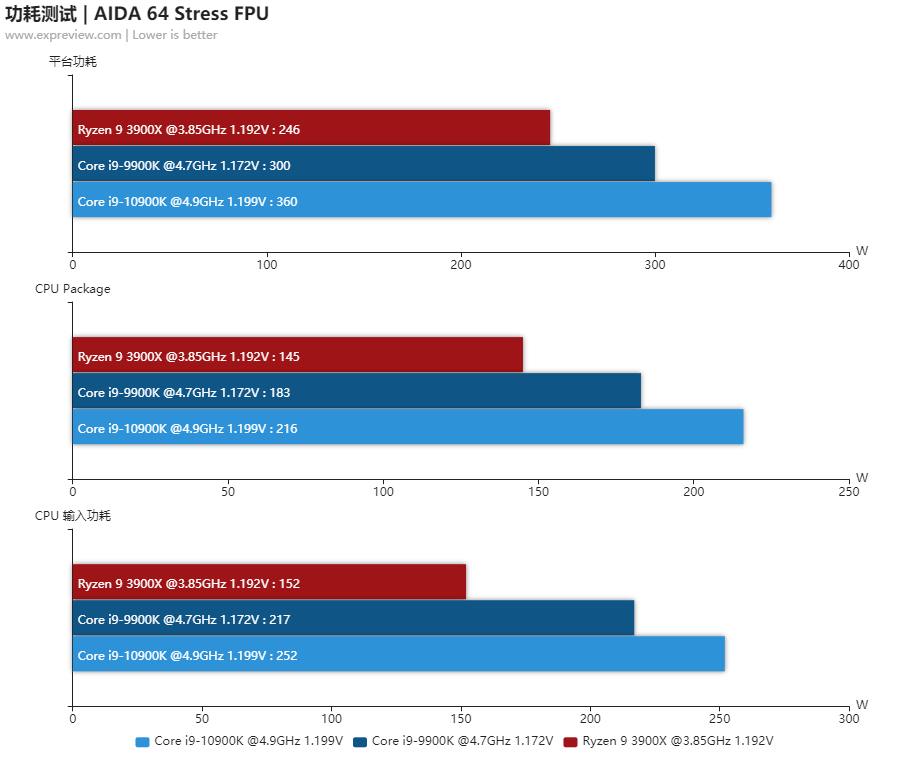
Interestingly, during idle, we found that the actual input power at the CPU power interface is lower than the software-read CPU package power. This may be due to significant sensor data errors leading to higher AIDA 64 software readings, while the power meter we used to test the CPU power interface voltage and current provides real-time power, which is relatively more accurate. However, it can be confirmed that the average idle power consumption of the Core i9-10900K is lower than that of the Core i9-9900K, but the overall platform power consumption of both is similar, while the Ryzen 9 3900X has a relatively high idle power consumption.
Under load, the Core i9-10900K has an all-core frequency of 4.9GHz, load voltage of 1.199V, and the peak power at the CPU power interface is 252W, while the software reads the CPU package peak at 216W. The gap is normal due to the conversion losses in the CPU VRM. Overall, the power requirements of the Core i9-10900K have clearly increased, with input power 35W higher than that of the Core i9-9900K and 100W higher than the Ryzen 9 3900X.
Overclocking Test
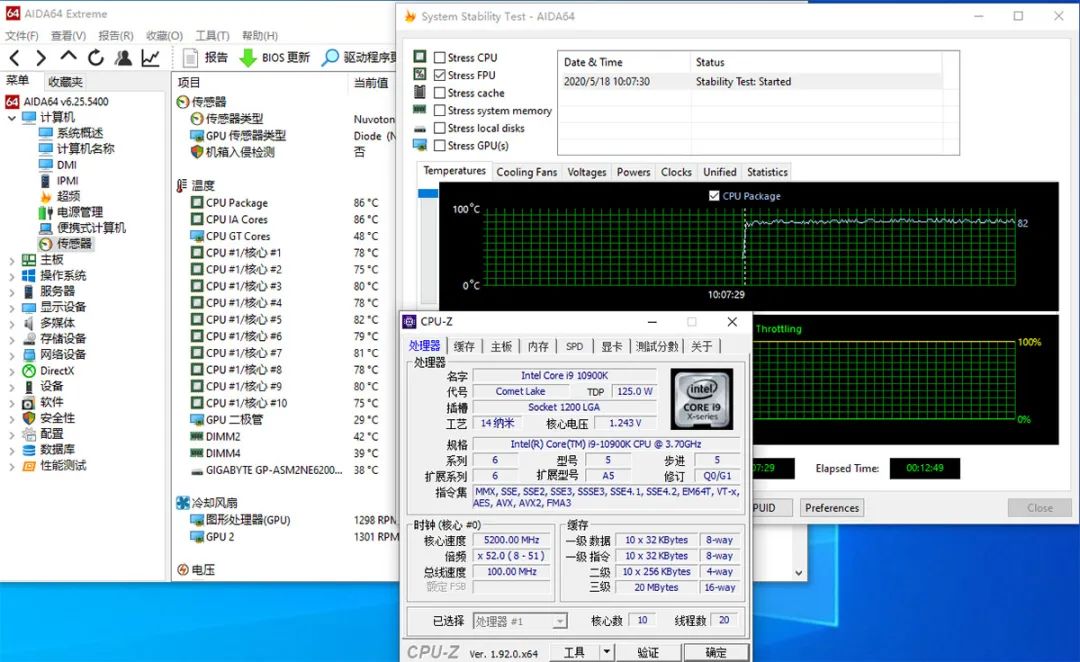
It is certain that the Core i9-10900K is easier to overclock than the Core i9-9900K due to its significantly lower temperatures. Comet Lake-S uses a thinner packaging method, using thin chip soldering thermal materials, which greatly improves the internal thermal conductivity. The Core i9-10900K we have can be overclocked to 5.2GHz at a voltage of 1.243V, and under a 360 AIO cooler, the temperature only reaches 82°C. In contrast, the Core i9-9900KS can reach similar temperatures at all-core 5GHz. This shows that Comet Lake-S has indeed improved thermal performance.
As a reference, our Core i9-10900K requires a voltage of 1.172V to achieve all-core 5GHz, while 1.208V is needed for all-core 5.1GHz.
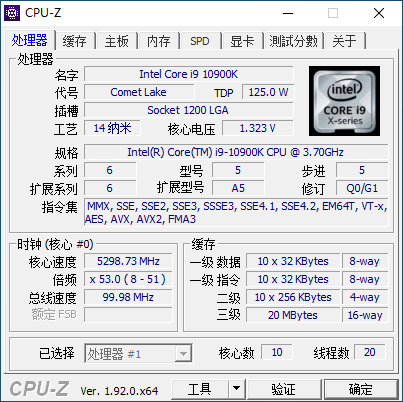 No matter how high the voltage is raised, 5.3GHz can only boot into the system for a screenshot, and cannot even run R20.
No matter how high the voltage is raised, 5.3GHz can only boot into the system for a screenshot, and cannot even run R20.
More Cores, Lower Temperatures, Better Overclocking
When the 9th generation Core was released, Intel claimed it would be the last generation of 14nm products. However, it seems that this 14nm process will have to support two generations of processors on the LGA 1200 platform. Nonetheless, the 10th generation Comet Lake-S should be the last hurrah for Skylake, as the next generation Rocket Lake will likely switch to Sunny Cove or Willow Cove cores.
Mini CPU Ladder Chart (Complete CPU Ladder Chart)
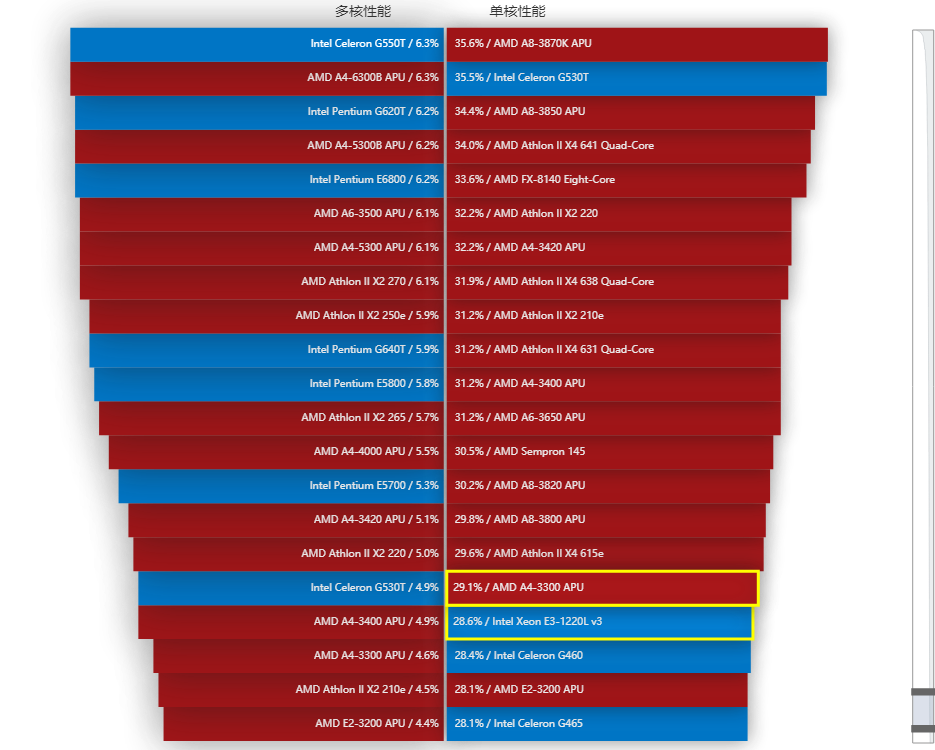
Returning to the 10th generation Core desktop processors, although the architecture has not been improved, the process has not changed, and PCI-E 4.0 has not been introduced, it is definitely not true to say that there has been no improvement. The Core i9 processor has gained two more cores, while the Core i7/i5/i3 processors have all gained hyper-threading technology. I will further test to see how much the sweet spot coefficient can increase. Additionally, the Core i9/i7 processors have also added Turbo Boost Max 3.0 technology, and the Core i9 processors uniquely enjoy the TVB technology, allowing for further frequency increases.
In terms of performance, the multi-thread performance of the Core i9-10900K is 25% higher than that of the Core i9-9900K, while single-thread performance is also 5% higher, showing better performance in productivity and gaming.
Another point is that the 10th generation Core processors have significantly reduced the internal thermal resistance of the processors, allowing the Core i9-10900K to maintain lower load temperatures at higher frequencies and voltages compared to the Core i9-9900K. The previous high heat issues during overclocking of the Core i9-9900K are no longer present, allowing the Core i9-10900K to easily reach higher frequencies than the Core i9-9900K or even the Core i9-9900KS. The two Core i9-10900K we tested are both stable at all-core 5.2GHz, making it the easiest processor to overclock currently available on the market.
Of course, the Comet Lake-S architecture and process technology cannot be considered advanced. In terms of energy efficiency compared to AMD’s Zen 2 architecture Ryzen 9 3900X, it falls short, as it is at a disadvantage in core count, and multi-thread performance cannot be improved much. However, the Core i9-10900K shows a significant advantage in gaming, where high-frequency CPUs and low memory latency are crucial. Currently, AMD’s Zen 2 processors still have a considerable frequency gap compared to Intel, and due to architectural issues, their memory latency is not low either. The gaming performance of the Core i9-9900K has already surpassed that of AMD, not to mention the Core i9-10900K, which has even higher frequencies and more cores.
Four models of the 10th generation Core processors have already been listed on JD.com, with the Core i9-10900K priced at 4299 yuan, the Core i7-10700K at 3299 yuan, the Core i5-10400 at 1599 yuan, and the Core i5-10400F at 1399 yuan, which is slightly more expensive than the current 9th generation Core but offers significantly improved specifications. If you are looking to buy an entirely new computer or are currently using a 7th generation or older Core processor, it is recommended to go directly for the 10th generation. However, if you are using an 8th generation Core and want to upgrade, it is more cost-effective to buy the 9th generation, as you won’t need to buy a new motherboard.
As for those currently using the 9th generation, it’s best not to fuss around.

Follow us on WeChat
Scan to follow us, browse popular hardware reviews
Check the latest ladder chart anytime